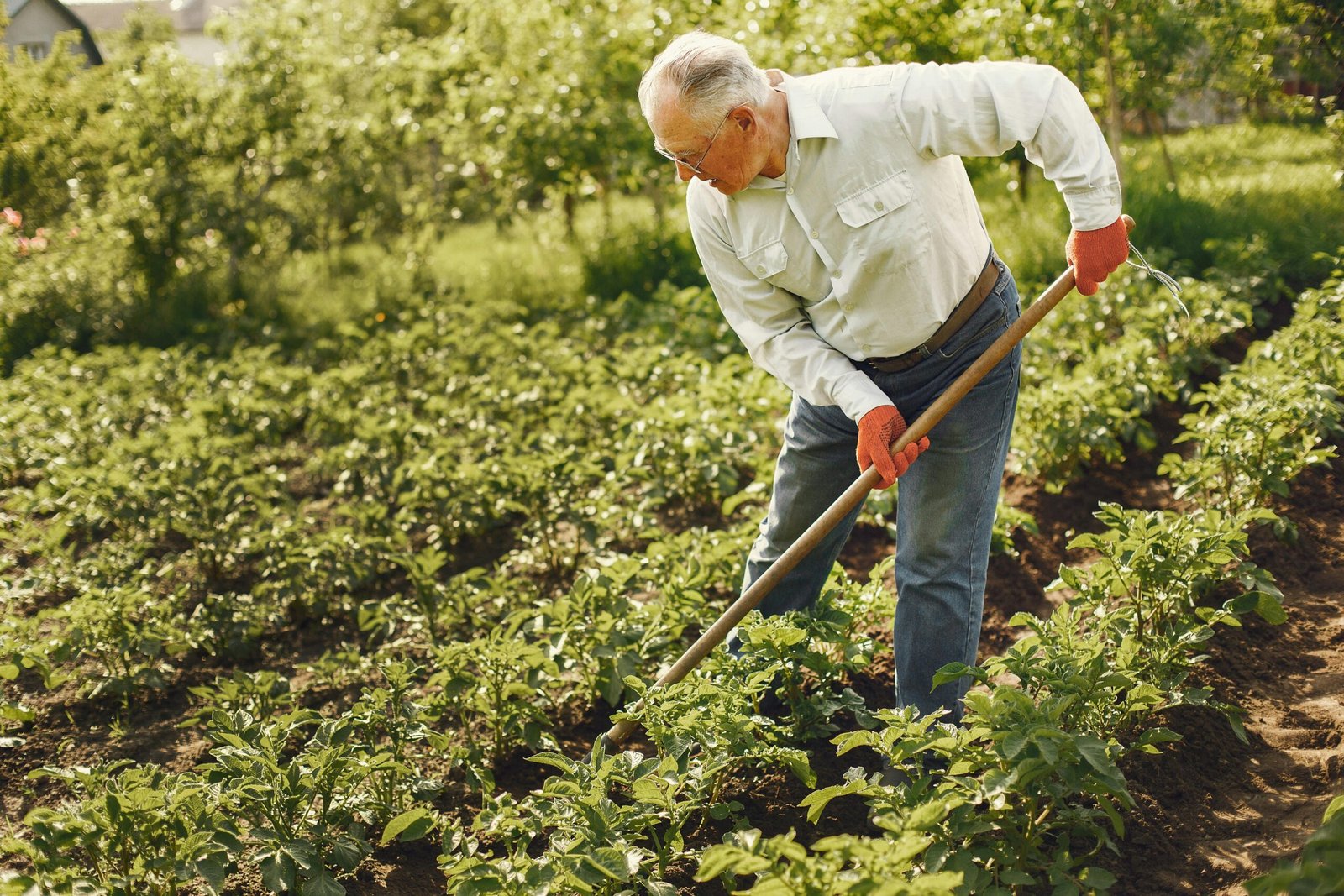If you want to select the right plant and crops for your garden or farm, you will need to consider soil types, climate, water availability, and the purpose of your cultivation. Here, we explore some of the best plants and crops you could grow, based on these aspects.
Best Plants for Home Gardens
Tomatoes
Benefits: Easy to plant and maintain with high yield. It is a universal ingredient in the kitchen that supplies large quantities of vitamins A and C.
Growing Tips: Prefers full sun and well-drained soil; tends to require regular watering, and vine support is a good idea.
Herbs (e.g., Basil, Mint, Rosemary)
- Benefits: Herbs take up small spaces and can be very low-maintenance. They add flavor to dishes and possess medicinal properties.
- Growing Tips: Most herbs require considerable sunlight, and they can be easily grown in small pots or garden beds. Regular snipping encourages healthy growth.
Lettuce and Leafy Greens
- Benefits: These fast-growing immature plants are ideal for constant harvests. They’re full of vitamins and minerals.
- Growing Tips: They prefer cooler weather and partial shade; for best results, keep the soil continuously moist.
Cucumbers
- Benefits: High yields and suitable for fresh eating or pickling; they provide hydration and are generally low in calories.
- Growing Tips: Need trellising or some type of support to grow upright and full sun; never allow to wilt between waterings.
Carrots
- Benefits: Extremely high in beta-carotene, these can be stored for long periods of time. These are nourishing eaten raw or cooked.
- Growing Tips: Carrots need loose, sandy soil to allow straight roots. Regular thinning is often recommended to give the seedlings enough space between each other.
Best Crops for Larger Farms
Corn
- Benefits: Corn is a staple crop that can be used for food, animal feed, and biofuel. It is high in carbohydrates and fiber.
- Growing Tips: Requires full sun and fertile, well-drained soil. Regular irrigation and pest control are necessary for optimal yields.
Soybeans
- Benefits: High in protein and essential for various food products and animal feed. Soybeans also improve soil fertility by fixing nitrogen.
- Growing Tips: Thrive in warm climates with well-drained soil. Rotate with other crops to maintain soil health.
Wheat
- Benefits: A fundamental crop for producing flour and various food products. Wheat is high in carbohydrates and protein.
- Growing Tips: Grows well in temperate climates. Requires well-prepared soil and careful management of pests and diseases.
Rice
- Benefits: A primary food source for a large portion of the world’s population. Rice is rich in carbohydrates and a source of energy.
- Growing Tips: Requires plenty of water and thrives in flooded fields. Suitable for warm, humid climates.
Potatoes
- Benefits: Highly nutritious and versatile, potatoes can be used in numerous culinary dishes. They are rich in vitamins C and B6.
- Growing Tips: Grow best in cool climates with well-drained soil. Hilling the soil around the plants encourages tuber formation.
Wrapping Up; Choosing the best plants and crops to grow depends on your specific needs, resources, and environmental conditions. Whether you’re cultivating a small garden or managing a large farm, selecting the right plants and maintaining proper care will lead to successful harvests. By considering factors like climate, soil type, and water availability, you can optimize your gardening or farming efforts and enjoy the benefits of a bountiful yield.

